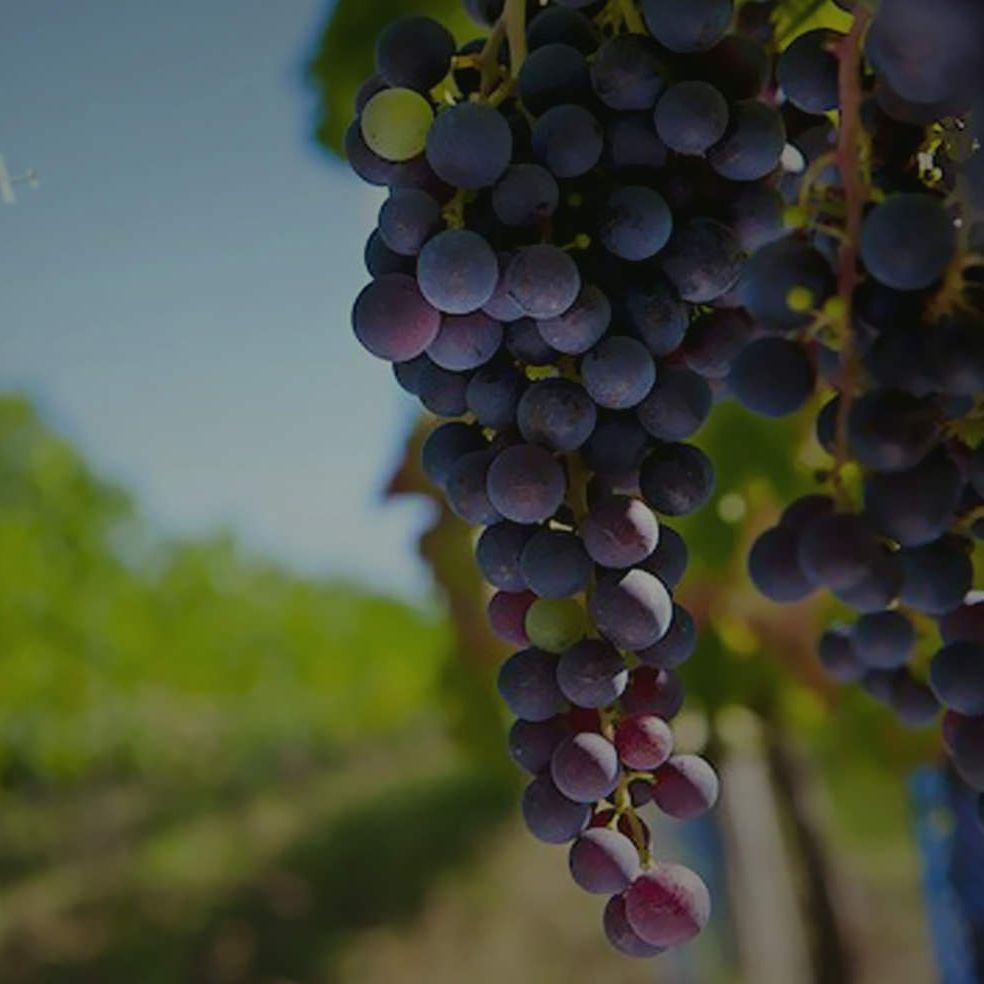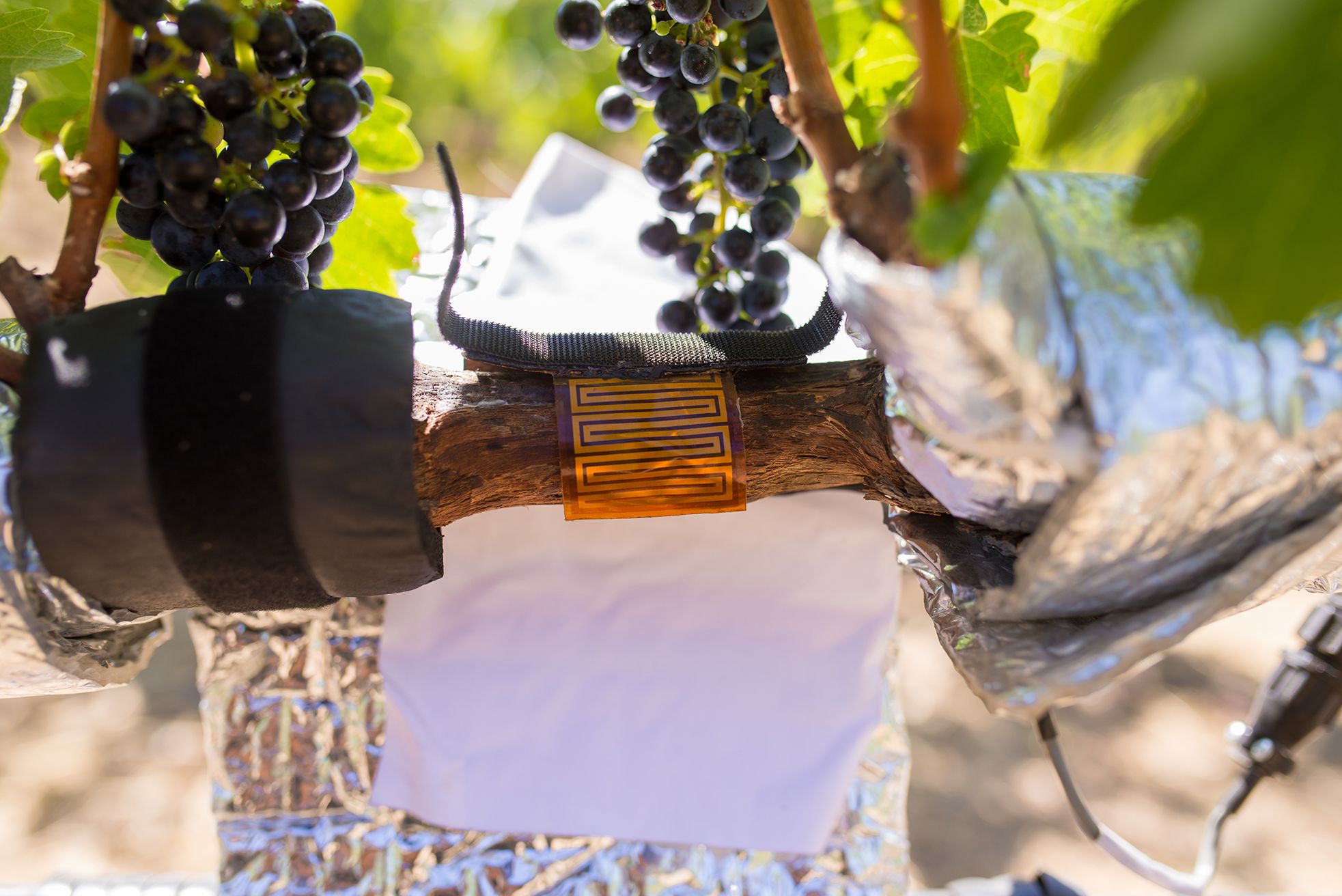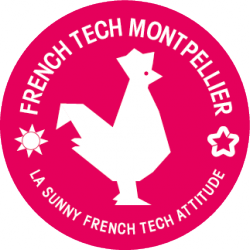this file
Monitoring vine water use in real time
A new technique to manage irrigation in the vineyardThe regulation of vine transpiration is a fundamental process that determines the harvest quality. Continuously monitoring the vine transpiration helps to characterize the intensity of water deficit. Transpiration level reflects the simultaneous effects of climate, water, soil and varietal on water consumption. The transpiration level is thus a direct indicator of the vine water status. This indicator has the advantage of being available in real-time and is obtained nondestructively. This makes it possible to anticipate the sensitivity of the grapes to shrivel when the deficit is too severe or to optimize agricultural practices (irrigation, hedging, thinning, cover crop) according to their effects on water deficit. Water use profiles are also used to classify the different vineyards’ performance and compare the effect of each vintage on the plant.

Using sap flow sensors to save water, increase yield and fruit quality
Experiment made in 2014 in California on 6 vineyards.Thanks to a grant received from the Water Metropolitan District of Southern California in 2014, Fruition selected six wineries in California to host an experiment: one side of the vineyard was farmed as usual by the team, one side was handled by Fruition using real-time plant sensors and the associated analytics. To make the test convincing and reproducible, a very thorough process was implemented during the season to compare results, using aerial maps taken by planes, gauges, and other systematic measurements. Across the study, sites managed by winery teams were irrigated between 6 and 30 times. The same vineyards managed by Fruition Sciences never exceeded 5 irrigations total. As a result, water savings using sensors were dramatic, with an average of 65% less water applied. Practically speaking, it is no less than 17 Olympic-size swimming pools saved for only 37 acres under the experimentation. Contrary to common thinking, water savings did not affect yield negatively. In fact, we saw negative effects, such as dehydration, in some of the sites that applied more water early in the season.

Improving winegrowing with sap flow driven irrigation
A 10-year reviewFor the past 10 years, Fruition Sciences has been using real-time sap flow data to improve irrigation scheduling across many vineyard regions worldwide. The goal of this article is to examine how and why viticulture has adopted sap flow monitoring to improve irrigation strategy. In the context of precision farming, adopting sap flow metrics means disrupting traditional habits and pre-existing status quo on irrigation and vineyard management. Through a few case studies, it is described how sap flow monitoring has gained popularity in the wine industry and why it contributes to improving vineyard management beyond irrigation strategies.

TOUCH

Thank you for your message. We will do our best to reply to you as soon as possible. Please rest assured that we read every single message we received !
MONTPELLIER - FRANCE
Fruition SciencesMIBI - 672 rue du Mas de Verchant
34000 Montpellier - FRANCE : +33 9 53 22 13 00
+33 6 51 89 21 00
BORDEAUX - FRANCE
Fruition SciencesBâtiment E-Parc
16-18 rue de l'Hermite
33520 Bruges - FRANCE






